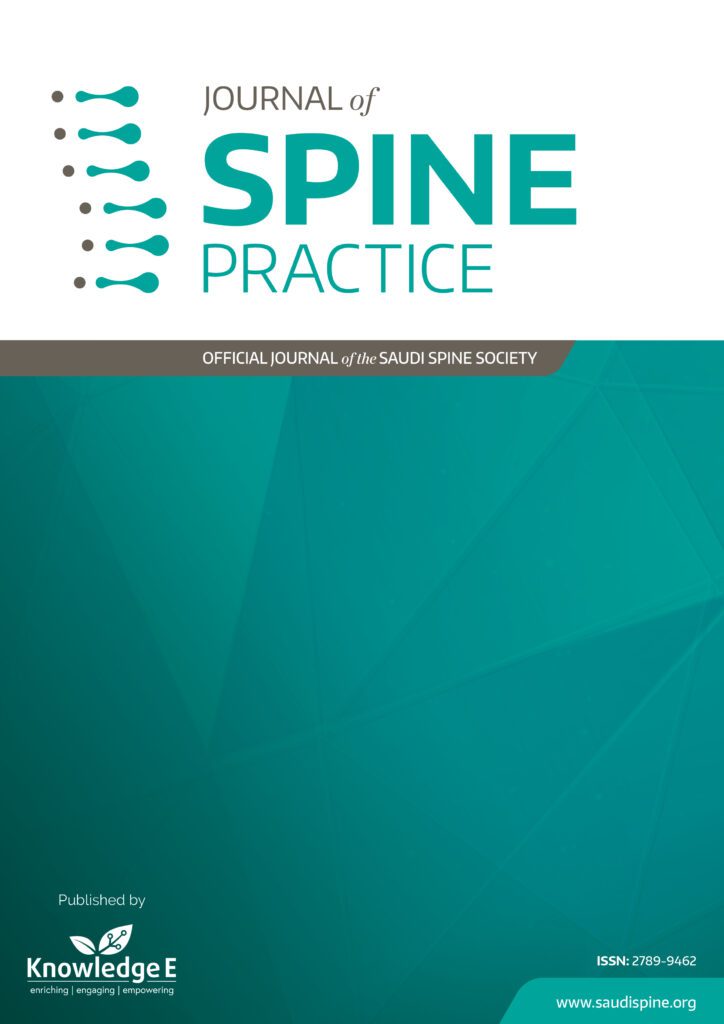
Journal of Spine Practice
ISSN: 2789-9462
Leading research in all spine subspecialties focusing on orthopaedic spine, neurosurgery, radiology, and pain management.
Posterior Lumbar Interbody Fusion with Preservation of Posterior Structures for Management of Lumbar Spondylolisthesis
Published date: Nov 07 2021
Journal Title: Journal of Spine Practice
Issue title: Journal of Spine Practice (JSP): Volume 1, Issue 1
Pages: 8
Authors:
Abstract:
Introduction: Successful posterior lumbar interbody fusion requires excessive removal of posterior spinal elements and distraction of neural structures. It also requires a large amount of bone graft. The authors have developed this technique to assess results of treatment of degenerative spondylolisthesis by posterior lumbar interbody fusion with preservation of posterior spinal elements and also to examine the safety and efficacy of the recapping T-saw laminoplasty technique for the management of degenerative lumbar spondylolisthesis using posterior lumbar interbody fusion by interbody cages with preservation of posterior elements.
Methodology: Twenty-five patients with degenerative spondylolisthesis underwent recapping T-saw laminoplasty in the lumbar spine for posterior lumbar interbody fusion with interbody cage. The T-saw was used for the division of the posterior elements. After discectomy and insertion of cages, the excised lamina was replaced exactly in situ to their original anatomic position. Patients were followed neurologically and radiologically.
Result: Only one lamina was excised and replaced again. Primary bone healing was obtained in all patients by four to six months post surgery. No complications such as postoperative spinal canal stenosis, facet arthrosis, or kyphosis were observed.
Conclusion: This technique of posterior lumbar interbody fusion through recapping laminoplasty provide wide space for easier insertion of cages and allow anatomic reconstruction of the vertebral arch preserving its important mechanical roles.
References: